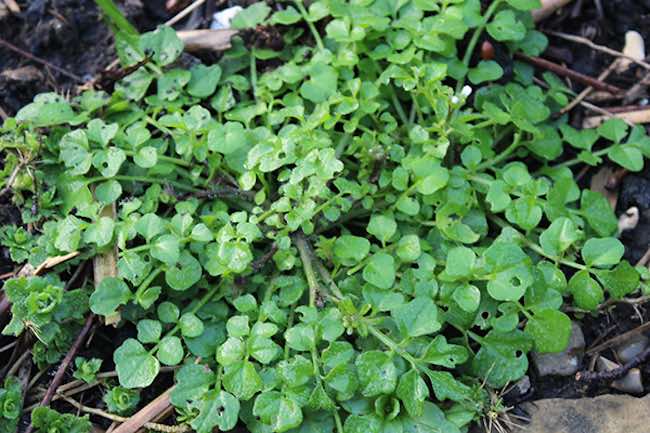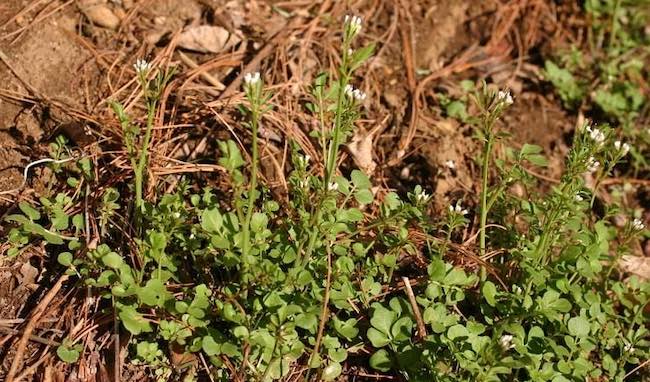Winning the Battle Against Hairy Bittercress A Comprehensive Guide


Hairy Bittercress (Cardamine hirsuta) is a name that might not be familiar to everyone, but for gardeners and homeowners, it’s a well-known adversary. This seemingly innocuous plant is, in fact, a formidable weed that infiltrates gardens and lawns with astonishing speed. Its rapid growth and invasive nature make Hairy Bittercress a persistent and troublesome presence that can quickly dominate outdoor spaces if left unchecked.
Identifying Hairy Bittercress
Recognition is the first step in combating any weed. Hairy Bittercress is characterised by its small, white flowers and a basal rosette of leaves. It also features slender, upright stems and distinctive seed pods that are key to its identification. Unlike some other weeds, Hairy Bittercress does not grow very tall, which can make it deceptively easy to overlook until it has firmly established itself. Distinguishing Hairy Bittercress from similar weeds is crucial for effective control, so look out for its unique features and growth pattern.
Understanding the Growth Cycle
Understanding the Hairy Bittercress’s lifecycle is essential for timely and effective control measures. This weed has a rapid life cycle that allows it to germinate, flower, and disperse seeds in a relatively short period. Germination typically occurs in cool, moist conditions, with flowering and seed dispersal following swiftly thereafter. This swift growth cycle enables Hairy Bittercress to outcompete other plants and spread aggressively.
The Problem of Spread
Hairy Bittercress often finds its way into gardens through contaminated soil, particularly in pot plants purchased from garden centres. The plant’s seed pods are designed to burst open upon maturity, catapulting seeds across considerable distances and spreading the weed far and wide. This explosive dispersal mechanism, combined with the weed’s robust growth, makes Hairy Bittercress a challenging adversary.
Non-Chemical Control Methods
Manual Removal: Early detection and manual removal are vital. Use a tool to scrape Hairy Bittercress off the soil surface, being careful to remove the entire root system to prevent regrowth.
Mulching: Applying a thick layer of mulch can inhibit Hairy Bittercress seed germination. Organic mulches like wood chips or straw are effective and improve soil health simultaneously.
Healthy Turf Maintenance: A well-maintained lawn can resist Hairy Bittercress invasion. Encourage dense, healthy turf through regular mowing, aeration, and appropriate fertilization to reduce the space available for weed establishment.
Prevention and Long-term Management
Integrate physical, cultural, and chemical strategies for a comprehensive approach to Hairy Bittercress control. Regular monitoring of your garden and prompt action at the first sign of invasion can prevent widespread infestation. Be diligent in inspecting new plants and soil, avoiding those with signs of Hairy Bittercress or other weeds.
Combatting Hairy Bittercress requires vigilance and an integrated approach. By understanding its characteristics, lifecycle, and spread mechanisms, gardeners can implement effective control and prevention strategies. Remember, the key to winning the battle against Hairy Bittercress lies in early identification, prompt action, and consistent management. Stay vigilant, and your garden and lawn can thrive free from the clutches of this invasive weed.